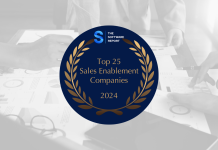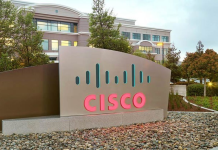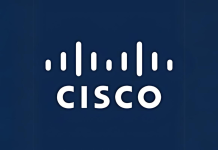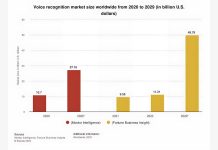The Human Resources (HR) software market is expected to skyrocket from $6.47 billion in 2017 to reach $9.89 billion by 2020 at a compound annual growth rate (CAGR) of 8.8%, according to data from MarketsandMarkets. Comprised of various segments stratified by components, deployment type, software, services, organization size, verticals, regions and more, the burgeoning industry can be a maze to navigate.
The space can be largely broken down into three main categories of vendors. First, there are the maturing vendors that are attempting to try out the status quo on a newer platform. These providers are likely to offer features that function like most HR applications in the past, yet slowly introduce other innovations into a variety of product lines and make them accessible via smartphones. These companies are likely undergoing growth pains, driving towards a liquidity event, such as an IPO, or working to appease board members/shareholders and activist investors. While these solutions may have the façade of innovation, with deployment available in the cloud, customers may be frustrated with the hesitancy to introduce powerful tools such as analytics, algorithms and robotic processes.
The second group of vendors are more experimental, comprised of “modern” firms that create solutions untied to old, obsolete HR processes and data models. These vendors use big, external data to enhance their solutions and represent a radically different approach to the HR process. Customers looking for a re-imagined HR process will be most satisfied with these solutions, which often look outside old data sources such as core HRIS, serve non-HR personnel and propose new ways to accomplish a task. Modern vendors are less likely to worry about taking risks to appeal to prospective customers and given the infancy of the businesses, often have not developed many applications yet. For this reason, customers may have to integrate some of the modern solutions into at least one piece of an old school suite.
Lastly, there has emerged a new group of vendors focused on “fad/hyperbolic” solutions, which for the most part, remain unproven. These firms are seeking to solve complex, multi-faceted issues including employee retention and engagement. Touted benefits are usually unsubstantiated and lack a connection between a research report and technology solutions.
Ultimately, in the HR market, it’s important for customers to choose software that is technically current today, has a promising future of innovations and delivers concrete, easily discernible results.
























